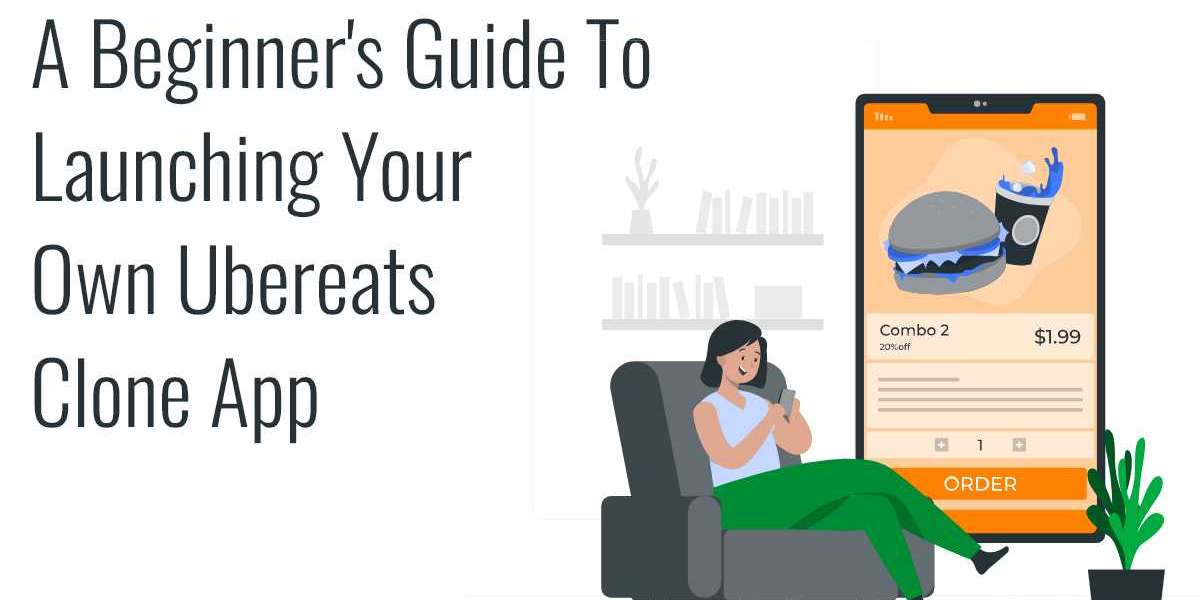In recent years, the on-demand food delivery market has grown exponentially, with apps like UberEats leading the way. For aspiring entrepreneurs, creating an UberEats clone app can be a lucrative venture. This comprehensive guide will walk you through the essential steps to successfully launch your own food delivery app.
Conduct Market Research and Planning
Before jumping into development, it’s crucial to understand your target market. Conduct thorough research to determine the demographics, preferences, and pain points of potential users in your area. Knowing your audience will help tailor your app to meet their specific needs.
Study your competitors to identify their strengths and weaknesses. Analyze their features, pricing models, customer reviews, and market strategies. This will give you insights into what works and what doesn’t, helping you to create a superior product.
Based on your research, determine your app’s unique selling proposition (USP). What will make your app stand out in a crowded market? Whether it's faster delivery, exclusive restaurant partnerships, or a more user-friendly interface, your USP will be critical to attracting and retaining users.
Define Features and Functionalities
To create a compelling UberEats clone, your app must offer a seamless and feature-rich experience. For users, include features like easy registration and profile management, comprehensive restaurant listings with detailed menus and reviews, real-time order placement and tracking, multiple payment options, and the ability to rate and review their dining experiences.
For restaurants, provide a robust dashboard to manage menus, orders, and deliveries efficiently. Ensure they receive instant notifications for new orders and offer detailed analytics and reports to track sales performance and customer preferences.
For admins, develop a centralized dashboard to manage users, restaurants, and deliveries. Include commission management tools to track earnings from partnered restaurants and the ability to create and manage promotional offers.
Choose the Right Technology Stack
The technology stack you choose will significantly impact the performance and scalability of your app. For the frontend, consider using React Native or Flutter for cross-platform mobile app development. For the backend, popular choices include Node.js, Django, or Ruby on Rails. For data storage, opt for databases like PostgreSQL or MongoDB. To support real-time data updates and tracking, integrate Firebase or Socket.io. Ensure your app supports multiple payment gateways such as Stripe, PayPal, or local alternatives.
Hire a Development Team
Unless you have in-house expertise, you'll need to hire a team of experienced developers. Look for a team with a strong portfolio in on-demand app development. You can find developers on platforms like Upwork, Toptal, or by reaching out to specialized development agencies. A skilled team will help you navigate the complexities of app development and bring your vision to life.
Focus on Design and User Experience
A visually appealing and intuitive design is crucial for user retention. Invest in a good UI/UX designer to create a user-friendly interface. Ensure that the design is responsive, fast-loading, and easy to navigate. A well-designed app not only attracts users but also keeps them engaged and coming back for more.
Develop and Test Your App
The development phase involves coding the app based on the defined features and design. It's important to follow agile methodologies to ensure iterative testing and development. This helps in identifying and fixing bugs early in the process. Comprehensive testing should cover functional, usability, performance, and security aspects to ensure the app works flawlessly under various conditions and is secure against potential threats.
Launch and Market Your App
Once your app is developed and thoroughly tested, it’s time to launch. Create a buzz around your launch through social media, influencer collaborations, and digital marketing campaigns. Offer promotions and discounts to attract initial users. Post-launch, continuously gather user feedback and make necessary improvements. Keep the app updated with new features and security patches to keep users engaged and satisfied.
Launching an UberEats clone app requires meticulous planning, a robust technological framework, and an effective marketing strategy. By following this guide, you can set the foundation for a successful entry into the lucrative on-demand food delivery market. Remember, continuous innovation and user satisfaction are key to staying ahead in this competitive industry.
Conclusion
Launching an UberEats clone app requires careful planning, execution, and continuous improvement. By understanding the market, defining a clear business model, and focusing on user experience, you can build a successful food delivery platform. Stay agile, adapt to feedback, and keep innovating to stay ahead in this competitive industry.







